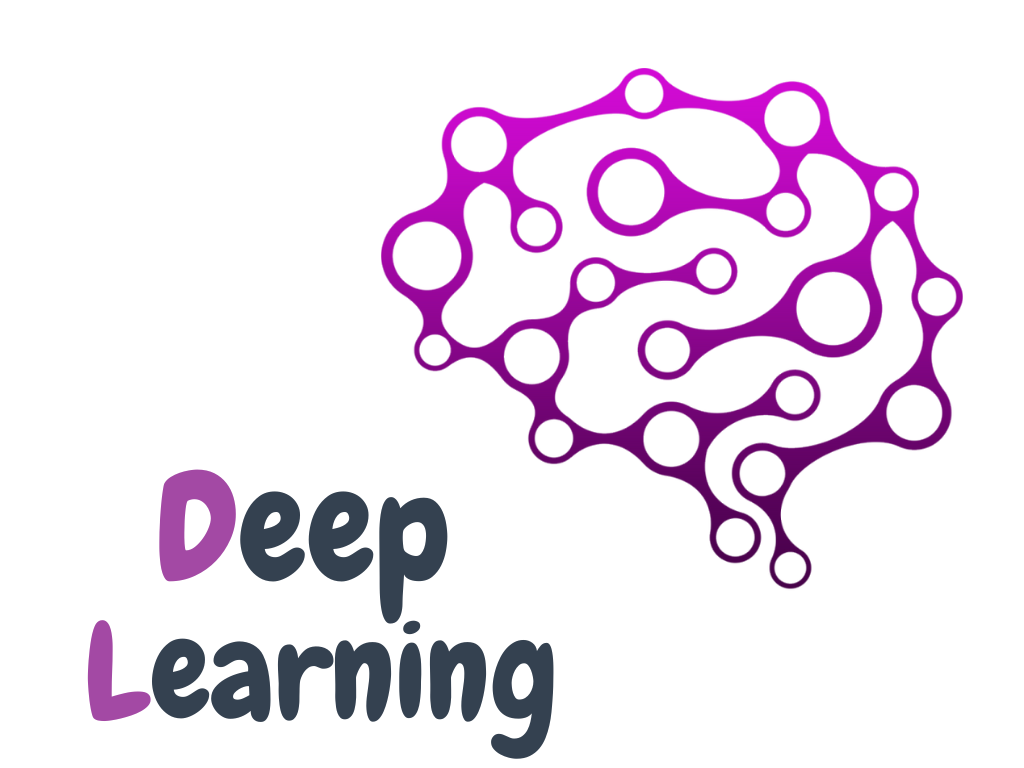What is Deep Learning?
Deep Learning is a subset of machine learning that uses neural networks with multiple layers to model and solve complex problems. It has been responsible for significant breakthroughs in a variety of fields, including computer vision, speech recognition, and natural language processing. In this post, we'll explore what Deep Learning is, why it's important, when and where it's used, and who can benefit from it.
The layers of a neural network are interconnected and work together to process data, making it possible to identify patterns and relationships that would be difficult or impossible to discern with traditional machine learning techniques. The most commonly used neural networks in Deep Learning are convolutional neural networks (CNNs) for image processing and recurrent neural networks (RNNs) for natural language processing.
Why is Deep Learning Important?
Deep Learning is important because it has enabled significant breakthroughs in a variety of fields, including computer vision, speech recognition, and natural language processing. With Deep Learning, it is possible to train machines to recognize and classify images, understand and transcribe human speech, and even translate between languages. These breakthroughs have the potential to revolutionize industries such as healthcare, finance, and transportation.


